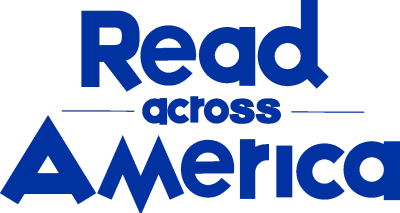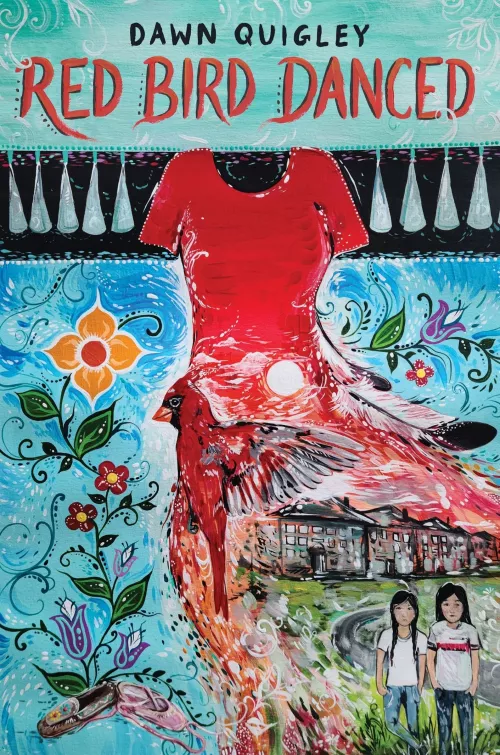Share this book
For Ariel and Tomah, community is everything and they draw from the knowledge and strength of the people around them. Have students think about their neighborhoods and communities. Get them talking about the differences between an individual, a neighborhood, and a community. What does it mean to be a neighbor? What does it mean to be part of a community? What communities do they belong to? Get students thinking about ways they can bring people in neighborhoods and communities together through reading!
Facilitate opportunities for students to work with parents, community groups, and others to create a neighborhood gathering to get to know others and share an interest in books, reading, learning, and service. Students can survey neighbors about their ideas for building and celebrating community, sharing books, and promoting the freedom to read. Ideas they might propose for consideration could include a grand opening (or re-opening) of a Little Free Library in a neighborhood park, a family book club hosted at the community center, poetry readings at local restaurants, storytimes in laundromats, or read-a-thons at the public library. Let students take the lead in collecting data, presenting ideas, and seeking out partners to help make their community a community of readers.
Questions for Discussion or Reflective Writing
- What did you think of Dawn Quigley’s decision to write Red Bird Danced in verse? What did her poetic style bring to the story? How did the dual perspective verse contribute to your understanding of the story? Why do you think the author chose to tell this story from two points of view? How does the visual formatting of the text help you picture Ariel and Tomah?
- What did Auntie Bineshiinh teach Ariel and Tomah? How does it affect the way they see the world and move through it?
- Tomah says, “Humor is my invisibility cape.” Why does he want to be invisible? How does he feel when he is seen? Have you ever wanted to be invisible? Explain.
- Why is it important to find someone who will see you? How do Tomah and Ariel find ways to support each other? How do Tomah and Ariel connect with their community? What does connecting with their heritage bring to Tomah and to Ariel?
- What does this book say about grief? What are the different ways that grief shows among Ariel, her family, and their community?
- What was your awareness of the Missing and Murdered Indigenous Women crisis before you read this book? What ideas do you have to learn more and help raise more awareness of this issue?
Related Resources
The REDress Project from Jaime Black
Missing and Murdered Indigenous Women (MMIW) from Native Hope
Indigenous Library Program from Little Free Library
Creative Literacy Events for Families from Choice Literacy
More Titles to Try
Join Our Movement



